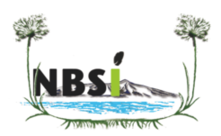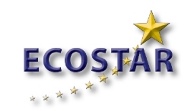Kariandusi
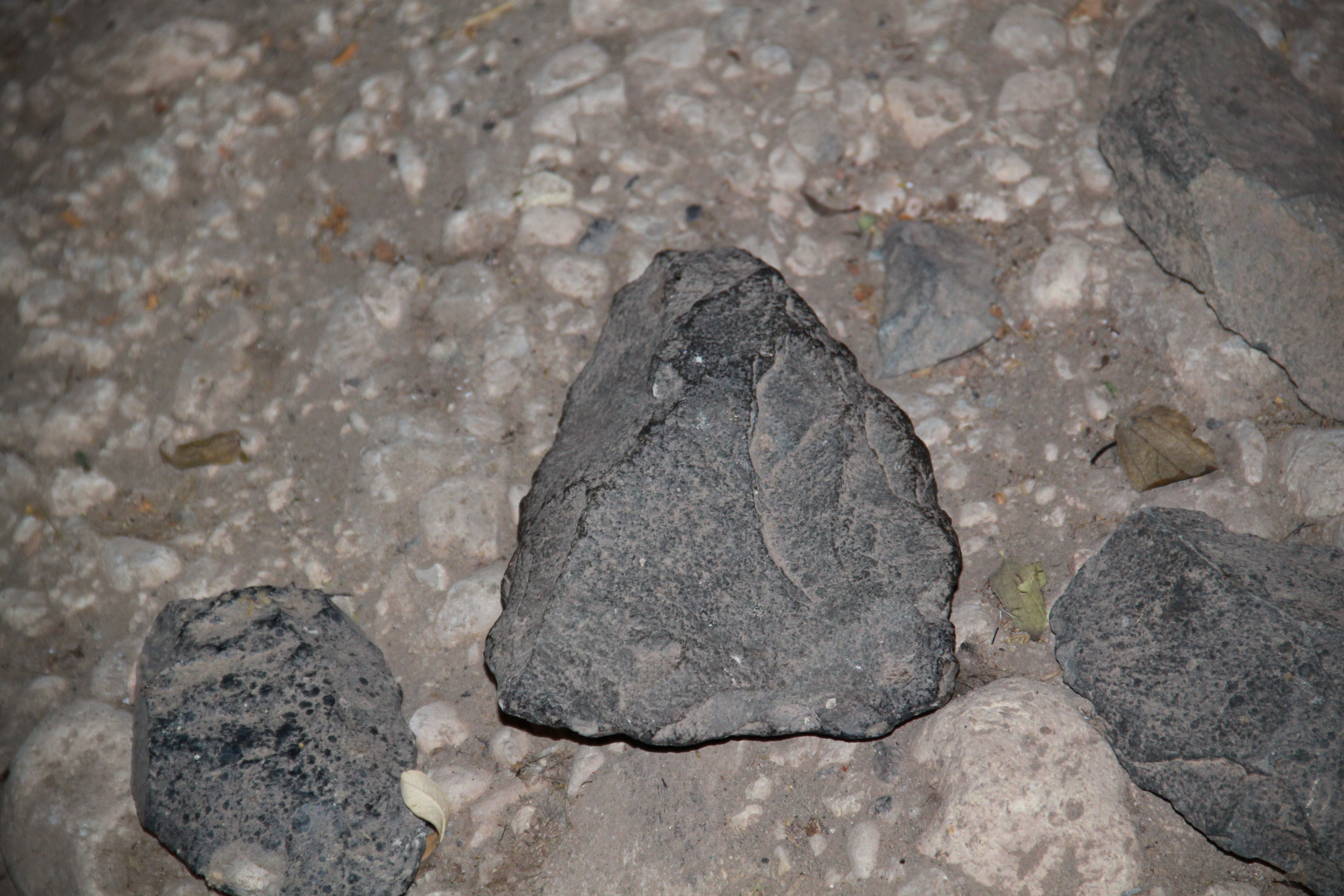
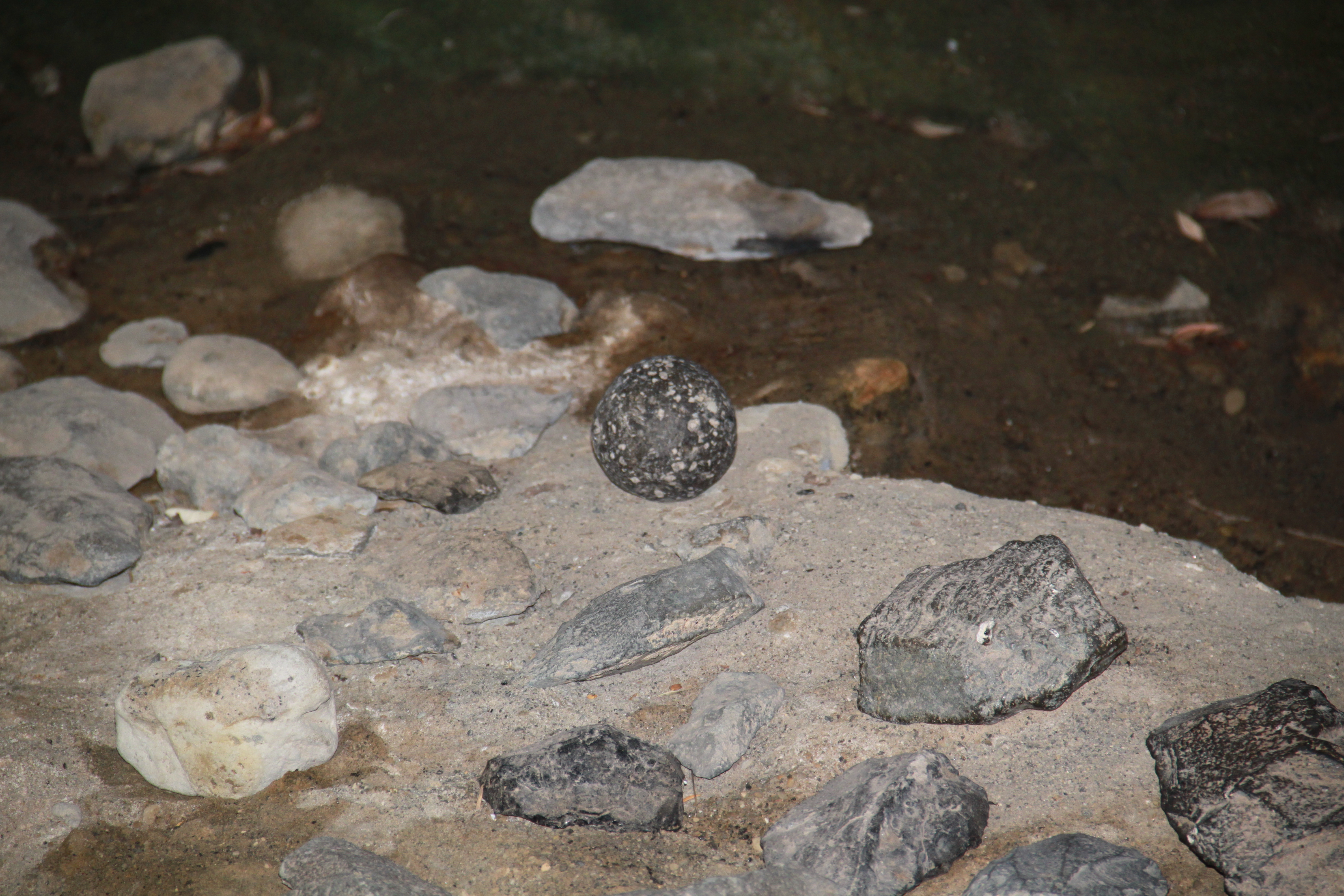
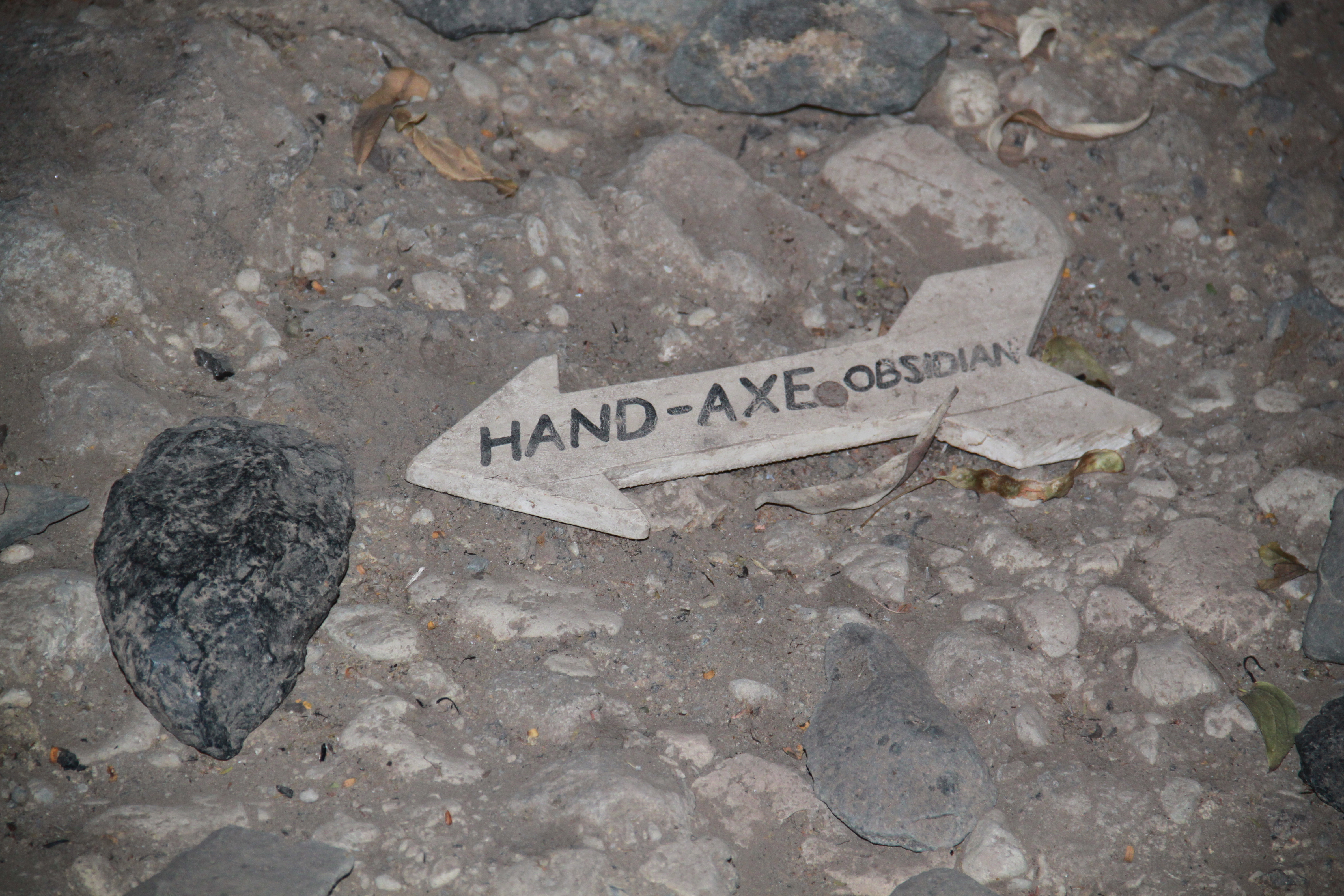
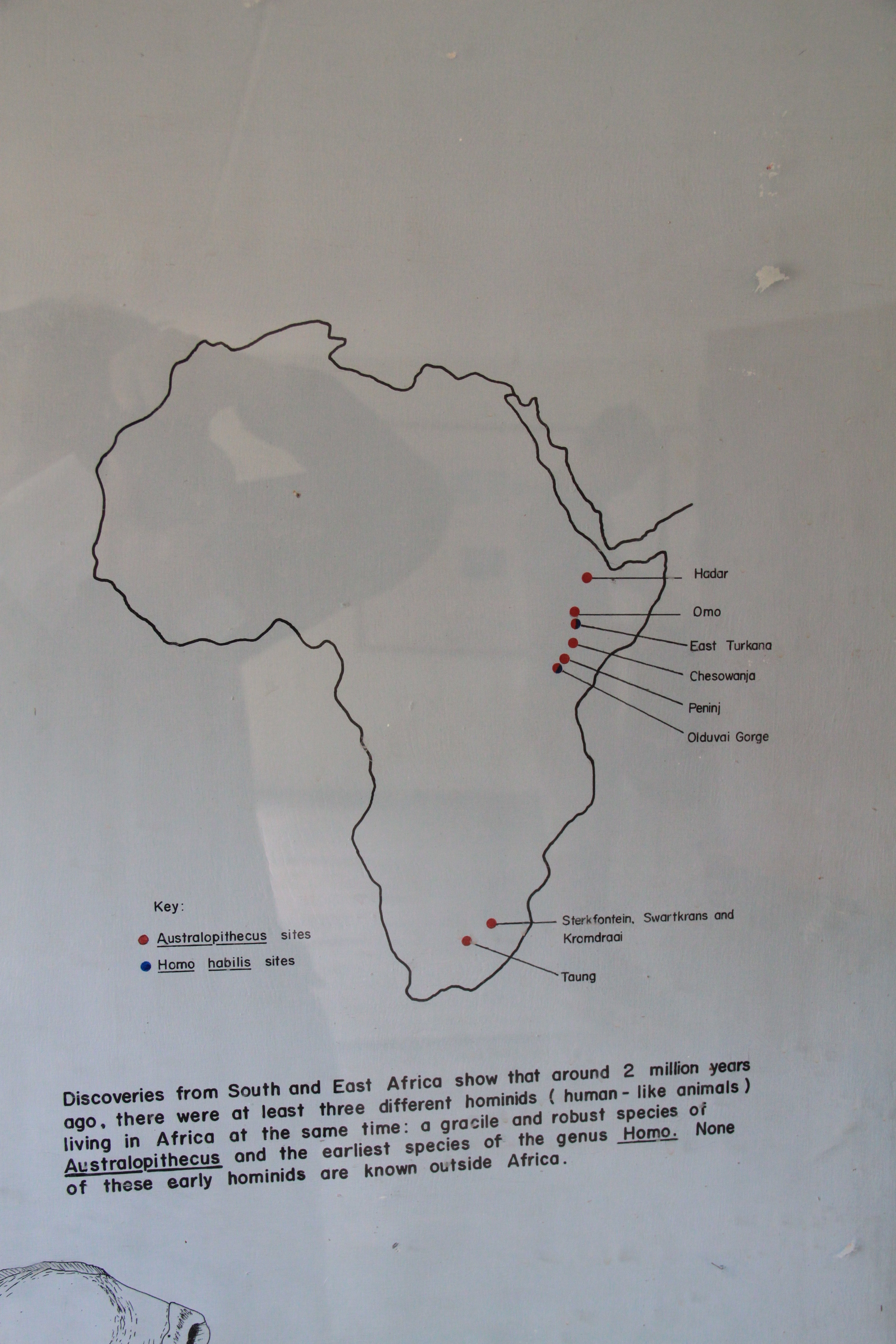
Discovered during a fortunate expedition financed by Cambridge University in 1928, the Kariandusi site has been among the first palaeontological treasures of East Africa to be revealed to the world. The remains of hominids dating from the early Stone Age (between 2.6 million years and 280,000 years ago) were collected from the dry bed of a river that had uncovered ancient geological strata holding human remains.
Several aspects of the early interpretations of the Kariandusi findings have been re-discussed more recently, such as the presence of a stone tool factory. It seems now more plausible that tools have been accumulated at this site by people and by hydrological agents.
Tools of the Acheulean type can be seen at the site. This ancient Stone Age culture produced similar tools wherever Homo erectus remains have been found.
The site of Kariandusi is located at the edge of what in the distant past was a large lake, reuniting the Rift Valley lakes into a single large basin. Lake sediments contributed to bury the remains and to protect them. During water retreat, in the early Holocene, these ancient fossils became again exposed by natural agents. Tools are made from black obsidian (volcanic glass) that must have been brought her from not volcanic outcrops situated elsewhere in the basin.
The prevailing rocks found around the site consist of diatomite, created through the precipitation of silicate minerals from freshwater algae living in the ancient large lake.
Kariandusi, as well as other palaeontological sites reveal the importance of the Great Rift Valley for the development and movement of early hominids. Some 2 million years ago, at least 3 different hominid species coexisted in East Africa: a gracile and a robust species of Australopithecus, as well as Homo erectus, from which Homo sapiens originated. No similar evidence was found in any other part of the world.
A museum was constructed at the site providing shelter for the tools found and educational support to visitors.

